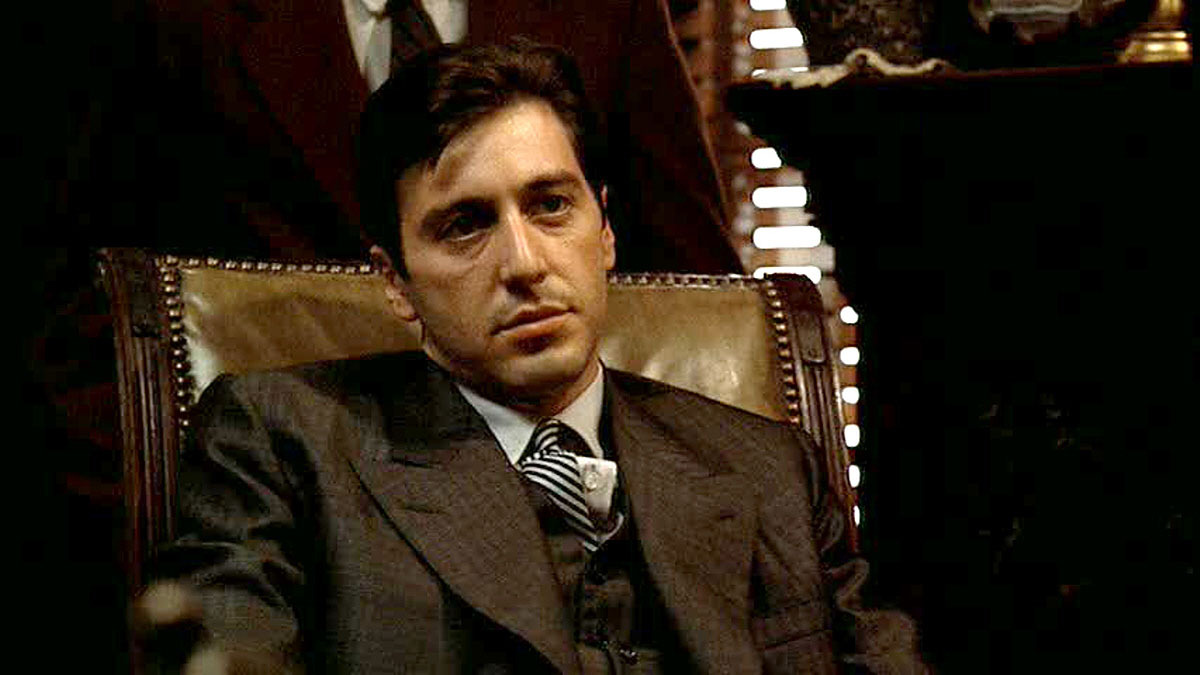
Like music, cinema is an art form that takes place in time. Some of its main principles, according to Bordwell and Thomson, are repetition, variation, unity and development, concepts that remind us of musical composition. The difference is that instead of working these principles with only melodies and harmonies, cinema deals with characters.
It is a wonderful medium to display how a persona transforms into another version of itself. Through internal and sometimes also external journeys, a film uses threshold, decisions and actions to express the death and rebirth of a character. As an art form it has the power to put us in the perspective of those characters and experience their transformation with them.
A transformation is not always into a “better person.” There are wonderfully crafted journeys that lead to destruction and corruption, and others that lead to freedom and redemption. Without any more further explanation, this is a list of some of the best crafted character arcs in film history.
10. Viridiana in Viridiana
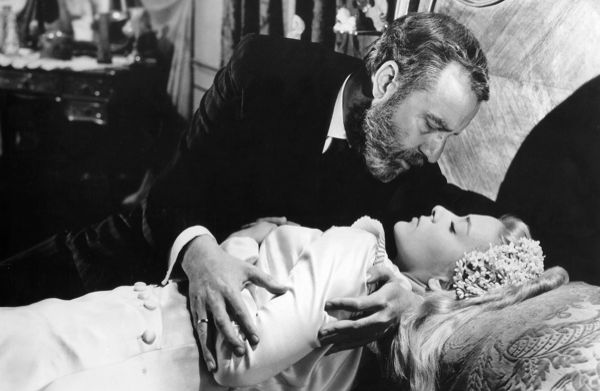
Winner of the Palme d’Or in 1961, “Viridiana” is one of the most revered films by Spanish director Luis Buñuel. Written by Buñuel in collaboration with Julio Alejandro, the film stars iconic Mexican soap opera star Silvia Pinal in the main role of Viridiana, a novice about to take her vows when an unknown uncle, Don Julio (Fernando Rey) who has been taking care of her expenses invites her to his house.
At first Viridiana refuses to leave convent, but is convinced to attend her uncle’s invitation by a superior. When she arrives to her uncle’s secluded farm, Viridiana perceives that he is hiding something. Eventually Don Julia reveals his perversions, which scares Viridiana away from him. She appears to be completely loyal to vows that she has not even taken, but when Don Julio passes away she refuses to take her vows.
Instead of taking her vows, she decides to take her uncle’s inheritance and make his former house an asylum for the poor and the sick. She believes in the kindness of people as she invites all kinds of beggars into the house. But the actions of this people will challenge Viridiana’s convictions as the real world confronts the vision she built of it from the convent.
9. Tom Ripley in The Talented Mr. Ripley
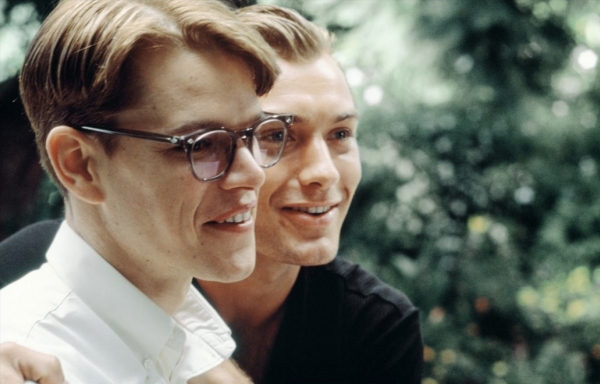
Of all the films based on Patricia Highsmith’s characters, the one written and directed by Anthony Minghella in 1999 and starring Matt Damon as Tom Ripley is the one that portrays a character transformation the best. The film shows the origin of the monster that Tom Ripley becomes as he gradually changes his face into a shadow that can be the face of anything; this is seen since the first shot of the film.
Tom Ripley is a poor young man in New York City who takes advantage of an old man’s trust to make him pay for his trip to Italy where he shall convince Dickie Greenleaf (Jude Law), the son of the man, to come back to America. But as soon as Ripley arrives in Italy, a game of identities began; he is ready to take the identity of other person in order to take advantage of its positions.
As we see ambition drive Ripley to calculated lies and actions, he goes further and further into what he is willing to do fulfill his ambition.
We see Ripley cross threshold after threshold as he sacrifices his own intensity in his macabre game. The relatable character that was presented to us slowly becomes an obscure man who is willing to do anything to protect himself, even killing those who love him.
8. Gustav von Aschenbach in Death in Venice
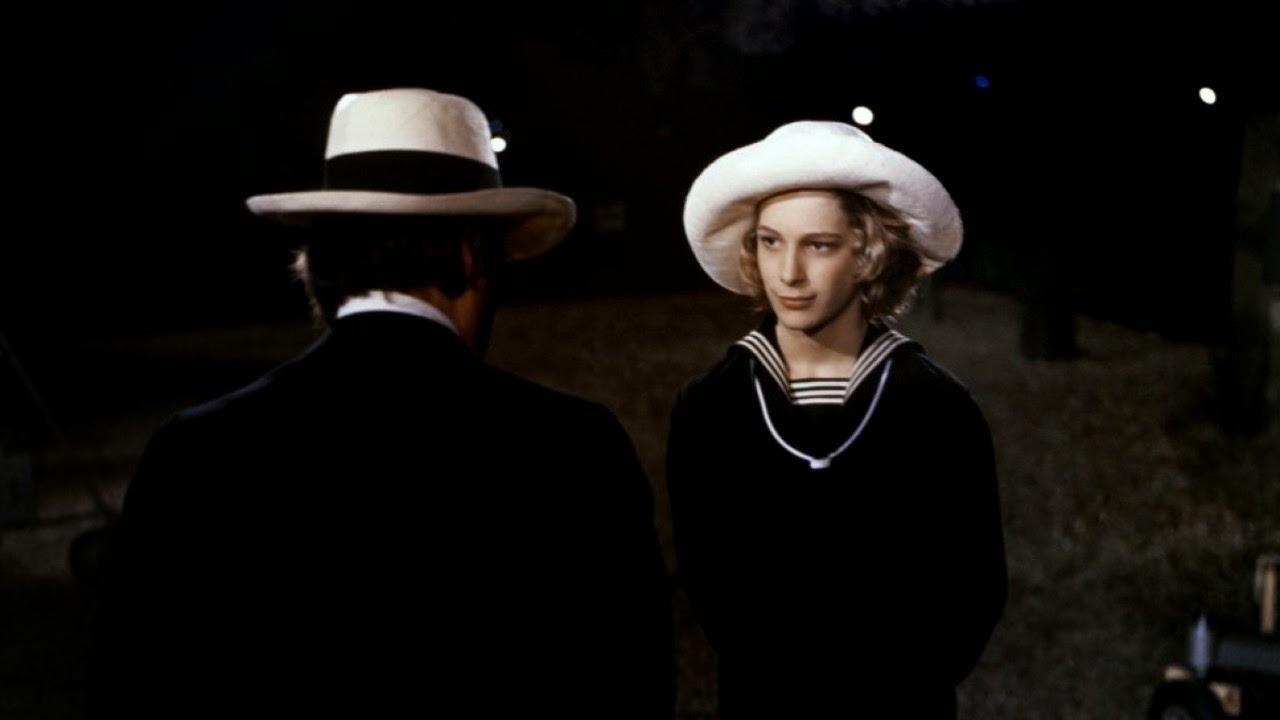
The Luchino Visconti film written in collaboration with Nicola Badalucco, based on German writer Thomas Mann’s novel that also uses Mahler’s symphony inspired by the novel, displays Dirk Bogarde in the role of a composer named Gustav von Aschenbach, who travels to Venice for health reasons never specified. In Venice he becomes obsessed with the beauty of Tatizo, a young blond Polish boy played by Björn Andrésen.
The old composer appears to be fatally ill as he remembers the philosophical discussion he used to have with one of his friends; the theme of these discussions is the change of the classical conception of music, same which Gustav embodies as a composer. As a mysterious epidemic spread in Venice, Aschenbach slowly puts himself in perspective. He knows that he is dying and Venice with him. Both fade slowly from the world along with musical tonality.
The arch of Gustav is the arc of Venice (as an ideal) and of classical music, especially tonality. The symphony by Mahler is in itself a final love declaration to classic beauty as it slowly fades away from the world, just as Gustav. Leonard Bernstein wonderfully described this fading process as he talks about the adagio in the symphony.
7. Truman Burbank in The Truman Show
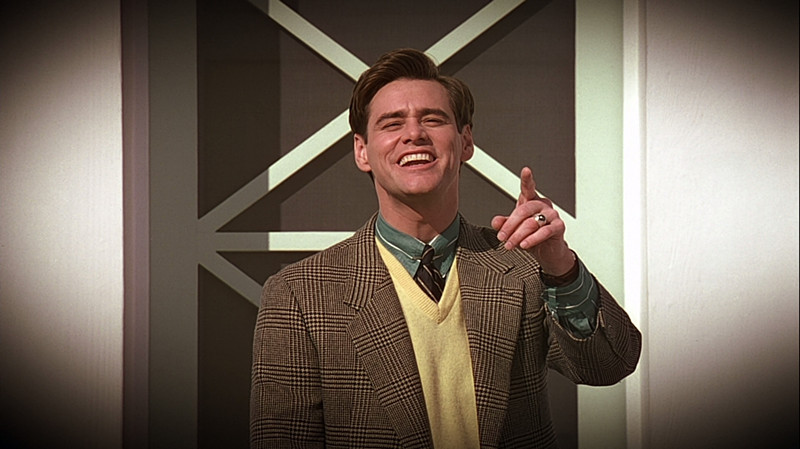
When Plato described the human condition, he described a cave where people see shadows projected by the real world, believing that these shadows are the real world. He explained that as an individual turns around, and discover the real world, the light blinds him until he gets used to the light of the real world, understanding that what he once believed was real consisted only of shadows.
The life of Truman Burbank (Jim Carrey) is a shadow of the real world which he does not know. He is the star of a titanic 24/7 TV show called The Truman Show that the entire world sees. The entire world of the show is built for him to have an ordinary life on an island that he shall never leave. The artificial world has everything he needs: a wife and loving friends (played by actors), a secure job, a beautiful house, etc. The island is almost a paradise for Truman, but he wants more. He eventually starts noticing some flaws in the simulations and becomes determined to get off the island.
Written by Andrew Niccol and directed by Peter Weir, the film illustrates the process of awakening to the real world. The director of the show, named Christof and played by Ed Harris, is the God of Truman’s world, the guy that decides what, how and when happens. Truman shall overcome his fear to the sea in order to get off the island and finally meet his maker.
6. Willard in Apocalypse Now
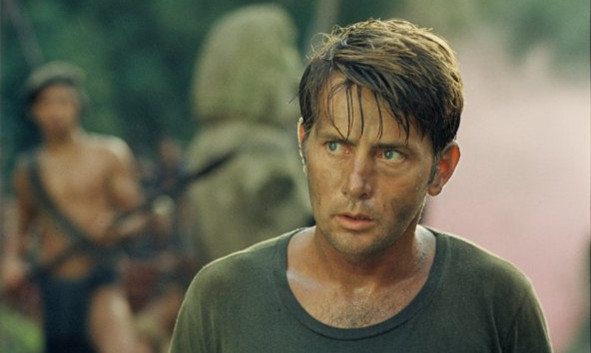
Another character from one of Francis Ford Coppola’s 70’s adaptations, this time from Joseph Conrad’s “Heart of Darkness,” adapted by John Milius, Michael Herr and Coppola himself. Also, the film’s editor played a major role in the assembly and success of the film, Walter Murch. The film displays Captain Benjamin L. Willard’s (Martin Sheen) voyage into the heart of the Vietnam jungle in search of the rebel Colonel Kurtz (Marlon Brando).
Willard uses a boat to navigate a river that will lead him to the heart of the jungle away from civilization. This elements are a perfect analogy for the internal journey that Willard is going to experience. As he gets closer to the core of the jungle, his humanity starts fading.
The film and the physical journey are staged in such a way that we see how Willard is crossing thresholds that gradually turn him in a darker version of himself. Willard is constantly reflecting in the image of Kurtz as he encounters distinct individuals in his journey that appear more more deranged. As the boat gets deeper into the jungle, the people they encounter appear more and more, and the process culminates in the confrontation he has with Kurtz, the ruler of the heart of darkness whom he is addressed to kill.